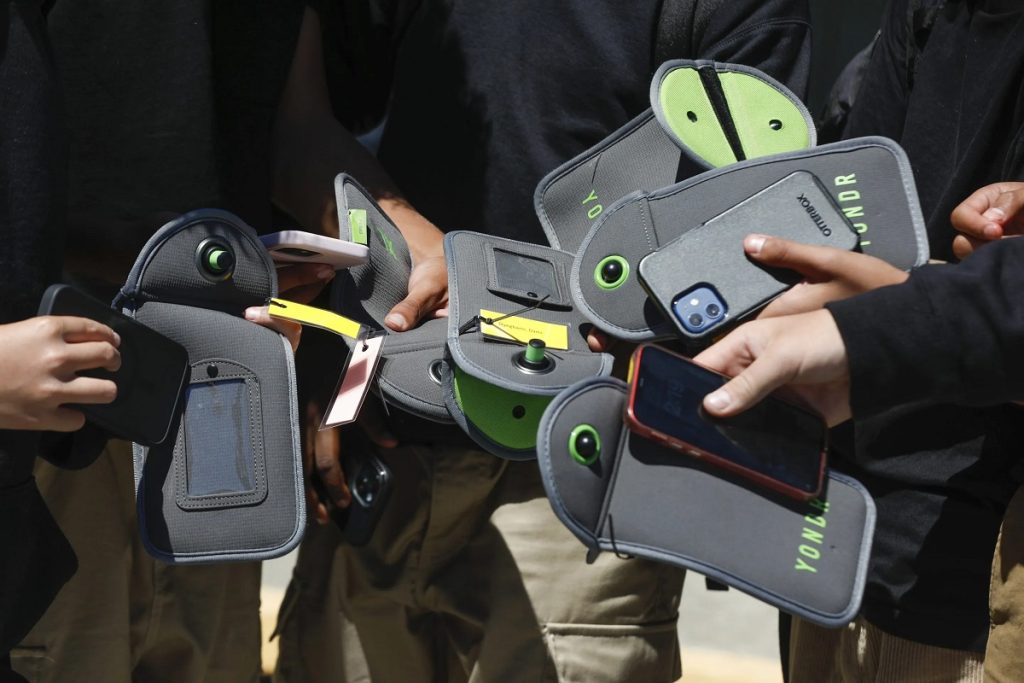As the new school year begins in the United States, students in 17 states plus Washington D.C. are facing strict restrictions on mobile phone use in schools, expanding the number of states with similar policies to 35 since Florida passed the first such law in 2023.
In Kentucky, where the ban applies during class hours, students are already noticing a change. Jamal Bishop, a senior at Doss High School in Louisville, said that the absence of phones made classes more focused and allowed teachers to dedicate more time to students needing individual attention.
Legislation varies by state: 18 states and Washington D.C. impose a “bell-to-bell” ban, while seven states only prohibit phones during class hours but allow them during breaks. Other states leave the decision to local administrations but require a clear phone policy.
Phone Bans in U.S. Schools
The new restrictions have changed students’ daily routines, with many placing phones in magnetic bags or designated lockers. Some, like Audriana Johnson from Atlanta, feel that initial resistance is fading, and being away from phones reduces distractions. Others rely on listening to music through headphones as a key concentration tool.
The debate extends to parents, many of whom worry about losing direct communication with their children during emergencies and feel that schools have yet to address safety concerns.
Despite these worries, the initiative enjoys bipartisan support as a means to tackle declining attention spans and mental health issues linked to excessive phone and social media use. While some researchers caution that evidence of negative effects is not conclusive, teachers report reduced classroom disruption and improved student engagement.
Resistance remains in a few states, such as Wyoming and Michigan, where lawmakers rejected statewide bans, preferring to leave the decision to local school administrations.

